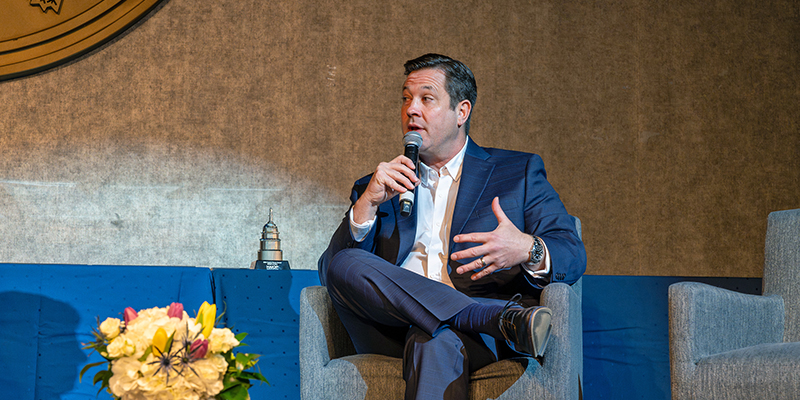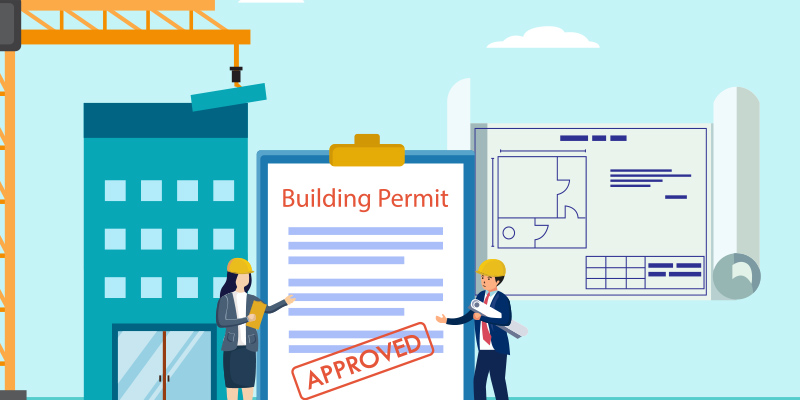Tenants now expect highly connected buildings – the faster the better – the same way they would expect electricity or any other standard utility. NAIOP asked Boingo’s Senior Vice President of Business Development, Doug Lodder, to share a few insights on building connectivity in advance of his “Building Operations: Hyperconnected Buildings” session at CRE.Converge 2017 in October. In his role at Boingo, Lodder oversees the strategy and development of Wi-Fi and DAS networks for Boingo’s new and existing venue partnerships in commercial real estate and other sectors, and develops innovative partnerships with wireless carriers and wholesale partners.
 NAIOP: How have tenant expectations changed over the last five years with regards to building connectivity?
NAIOP: How have tenant expectations changed over the last five years with regards to building connectivity?
Lodder: Tenants crave connectivity and their appetite for mobile data is skyrocketing. In the last five years, we’ve seen video streaming, Wi-Fi calling, social networks and the app economy create a seismic shift in the way people live and work. Smartphones, tablets and fitness devices are now front-and-center, which has led to the rise of the “fourth utility” — aka wireless connectivity — and the demand for modern network solutions that can deliver seamless mobile coverage to tenants. We’ve entered a new era in commercial real estate where fast, reliable in-building cellular and Wi-Fi coverage has become imperative. Five years ago the mindset was “location, location, location,” but now, in the words of real estate technology strategist James Carlini, it’s all about “location, location, connectivity.”
NAIOP: What are some connectivity considerations that owners and developers should keep in mind when developing new buildings?
Lodder: The rapid growth of mobile data and content consumption requires a fresh approach to a property’s in-building network development and those who overlook this new necessity may be left behind. For starters, understand that the mobile data spike will continue over the next several years. Cisco forecasts that global mobile data will increase sevenfold by 2021. With this in mind, opt for wireless solutions like Distributed Antenna Systems (DAS), small cells and upgraded Wi-Fi networks that will not only meet the needs of today, but also tomorrow.
The purpose of a DAS is to bring strong cell signals inside a building and closer to tenants. The technology solves a building’s wireless capacity and coverage issues by deploying hundreds of small antennae throughout the facility and integrating them into a cohesive cellular network. DAS is universal in a range of indoor buildings, whether new construction, aging historic buildings or modern architectural structures. The design of the network is crucial to overcoming structural obstacles — for example, cement columns — and transporting mobile signals at full strength.
DAS technology can also improve emergency response operations at a building as public-safety DAS networks ensure robust communication among first responders. Revenue also comes into play via carrier access fees. For example, Boingo has established relationships with all Tier 1 carriers and follows a neutral-host business model to ensure maximum network participation, balancing competing interests of the carriers with the goals of a venue. This is important as you never want to under deliver on providing connectivity because an employee’s cell provider is not supported.
Taking a look at small cells, this is a newer technology with similar benefits to that of a DAS, but in many cases, the solution can be deployed with a lower cost of operation. Small cells improve cellular experiences, especially in building areas that are congested or have difficulty receiving signals from cell towers. When deciding between DAS and small cell networks, turn to a wireless partner who can work with the carriers to identify which solution is ideal for the venue.
Outside of cellular, mobile data traffic will significantly impact traditional Wi-Fi networks, requiring new technology upgrades that supply more bandwidth and faster speeds. Building owners and property managers can address these trends with premium Wi-Fi networks that increase the number of Access Points (APs) and support a combination of speed, density, security encryption and device flexibility.
NAIOP: What can owners and developers do to stay at the forefront of emerging technologies impacting building connectivity?
Lodder: To please tenants now and in the future, owners and developers should consider partnering with managed service providers to design and deploy flexible and scalable wireless solutions in coordination with the carriers. By outsourcing to experts, the daunting task of building and launching the right architecture is removed, allowing in-house IT to focus on other business matters.
Those in the CRE space should also be mindful of the Bring Your Own Device (BYOD) trend. Today the BYOD market accounts for $35 billion, but in the years ahead, it will more than double. At office buildings, the driving forces behind BYOD include increased productivity and employee satisfaction and reduced hardware cost for employers. Versatile and reliable wireless networks are at the heart of BYOD strategies. Without robust wireless solutions, your facility is not ready to efficiently handle BYOD. This is where solutions like DAS, small cells and Wi-Fi come in to successfully power enterprise mobility.
Learn more about building connectivity and the latest in commercial real estate innovation as part of a special set of tech-focused sessions at CRE.Converge 2017, October 10-12, in Chicago. Don’t miss the preeminent conference for commercial real estate – where deals, connections and trends come together.














